Aesthetics
Anti-Wrinkle Treatment
Anti-wrinkle injections are small injections of a substance, botulinum toxin, into muscle or skin, to weaken the muscles responsible for wrinkles and lines caused by repeated muscle action over the years. The most common uses of anti-wrinkle injections are forehead lines, frown lines, eye wrinkles (crow’s feet) and smokers lines around the mouth (with or without filler). At Enhance we use the brand Evolvus (Nuceiva).

Treatment snapshot
Number of Treatments
1
Recovery time
None
Final results
Up to 4 - 6 weeks
Procedure time
30 minutes
Anaesthetic
Not required
Duration of results
3 - 4 months
Discomfort level
Minimal
Cost from
£155
Treatment snapshot
Number of Treatments
1
Recovery time
1 - 2 hours
Final results
2 weeks after check up
Procedure time
30 - 60 minutes
Anaesthetic
Numbing cream/nerve block
Duration of results
6 - 18 months
Discomfort level
Minimal
Cost from
£300
What are anti-wrinkle treatments?
Anti-wrinkle treatments use Botulinum toxin which is a protein derived from a bacterium, Clostridium Botulinum, and is the neurotoxin responsible for the muscle paralysis that results from botulism. The main brands in the UK are Botox, Dysport, Azzalure, Xeomin and Bocouture for the type A toxins and Neurobloc for the type B toxins.
Don’t be alarmed though, the protein is highly purified and used in negligible doses in cosmetic use. To kill Dr. Fab for example you’d have to give him 3500 units (of Botox). The average dose for treating 3 areas in the face is 60-90 units.
Botulinum toxin administered by a medical expert is extremely safe in cosmetic use.
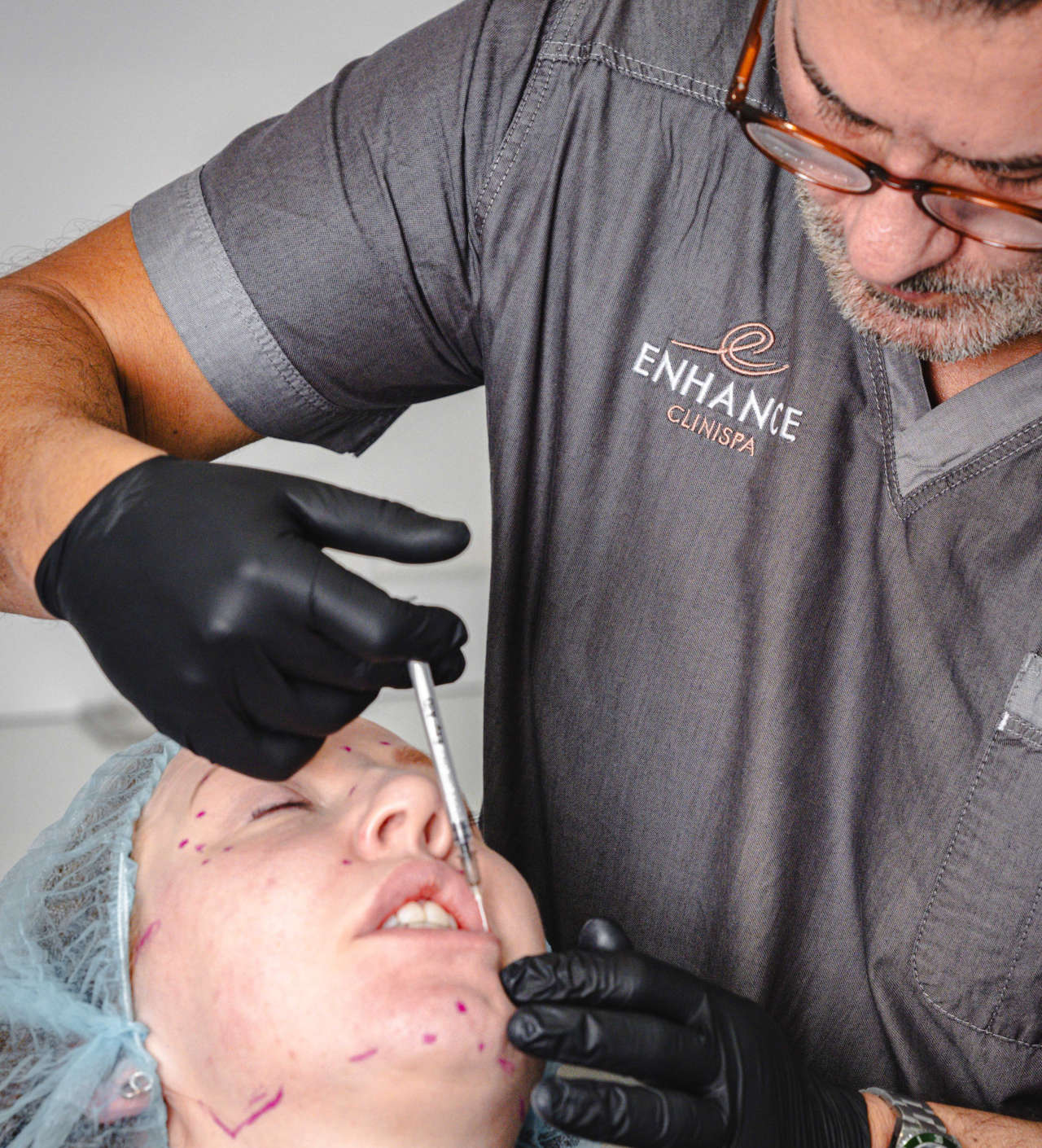
What's our process?
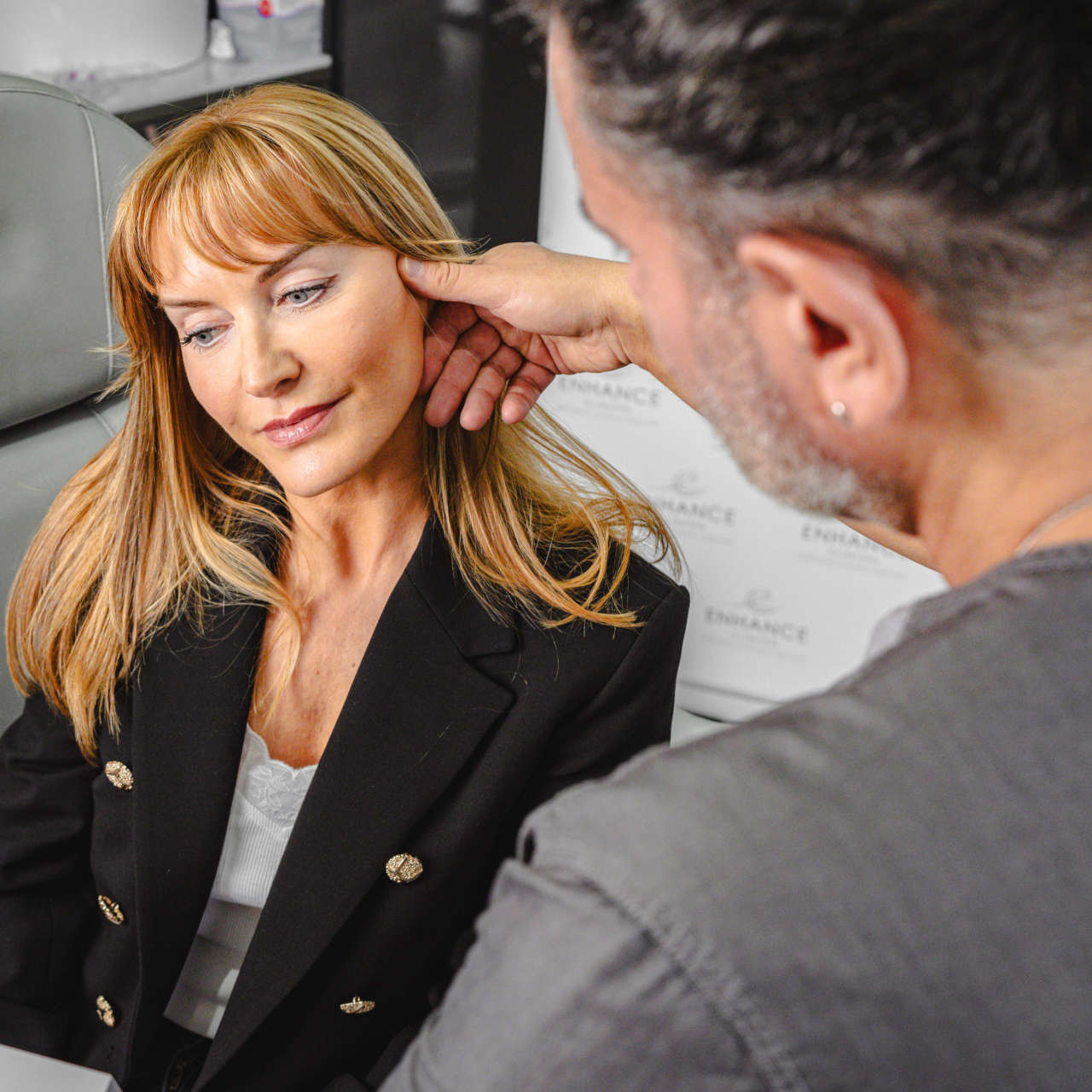
Step 1
Before receiving treatment at our Bolton botox clinic, we will invite you to a pre-treatment consultation so Dr Fab can check your medical history, discuss your concerns and examine your facial anatomy, as well as give you all the facts that you need so you can make an informed and educated decision about whether [treatment] will be suitable for you. Only then will Dr Equizi agree to administer the treatment.

Step 1
Before receiving treatment at our Bolton botox clinic, we will invite you to a pre-treatment consultation so Dr Fab can check your medical history, discuss your concerns and examine your facial anatomy, as well as give you all the facts that you need so you can make an informed and educated decision about whether [treatment] will be suitable for you. Only then will Dr Equizi agree to administer the treatment.

Step 1
Before receiving treatment at our Bolton botox clinic, we will invite you to a pre-treatment consultation so Dr Fab can check your medical history, discuss your concerns and examine your facial anatomy, as well as give you all the facts that you need so you can make an informed and educated decision about whether [treatment] will be suitable for you. Only then will Dr Equizi agree to administer the treatment.

Step 1
Before receiving treatment at our Bolton botox clinic, we will invite you to a pre-treatment consultation so Dr Fab can check your medical history, discuss your concerns and examine your facial anatomy, as well as give you all the facts that you need so you can make an informed and educated decision about whether [treatment] will be suitable for you. Only then will Dr Equizi agree to administer the treatment.
How has this helped out patients?
Our Results
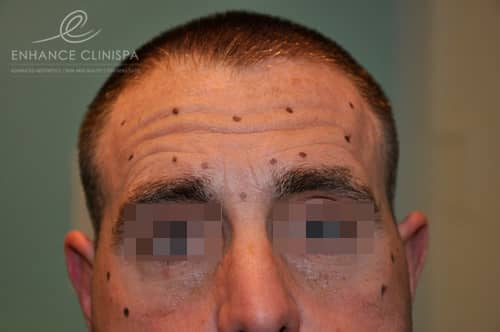
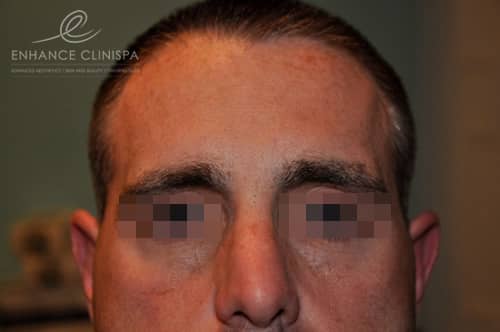
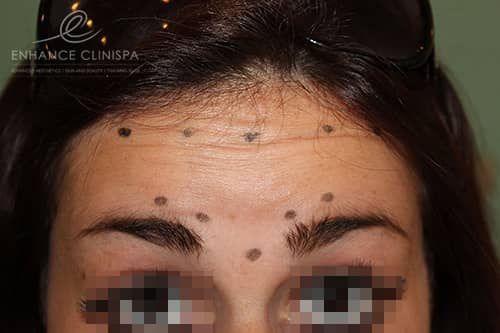
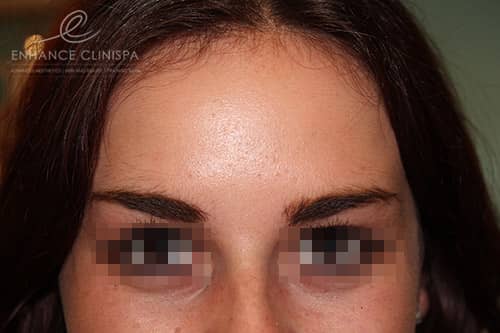
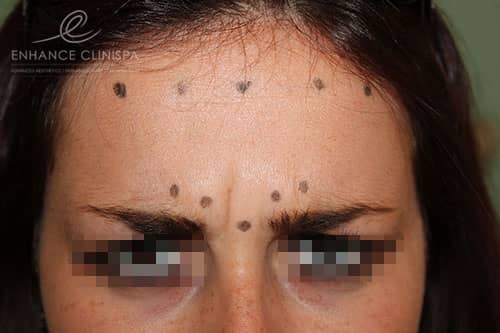
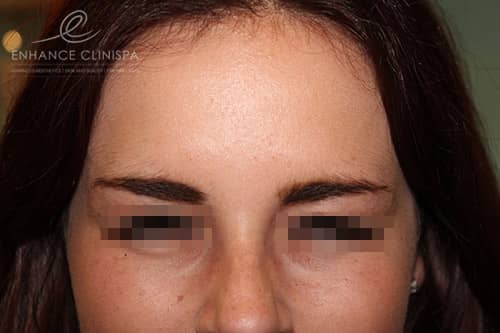
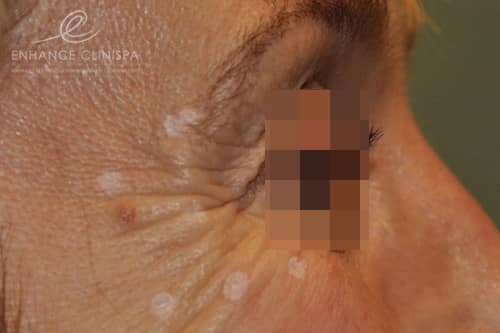
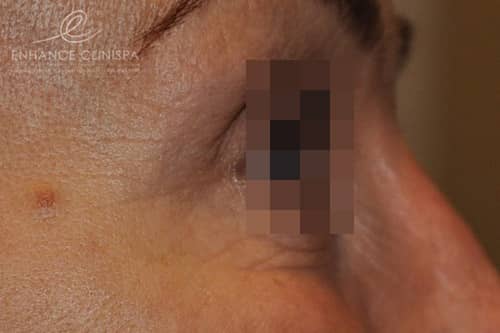
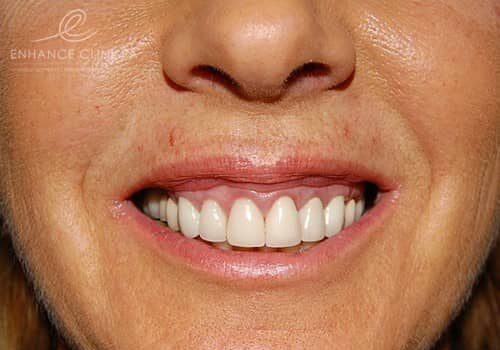
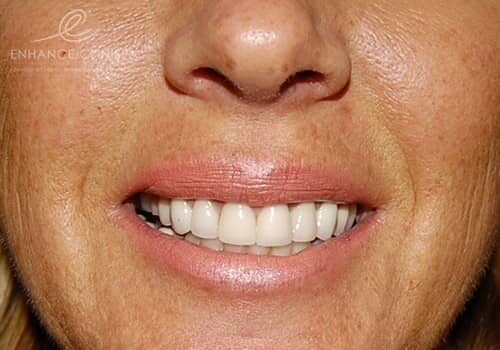
FAQs
How do Anti-Wrinkle treatments work?
When a muscle contracts there is a signal from a nerve to each muscle fibre. This signal is a chemical called acetylcholine, which is present in nerve cells and when releaced to the connected muscle fibre causes the muscle fibre to contract. Botulinum toxin works in the nerve to prevent the release of this chemical signal. In time the nerve repairs itself and starts sending acetycholine to the muscles again. Recovery is the rule and this is why treatment with botulinum toxin is never permanent
When will I see results from my Anti-Wrinkle treatment?
Lines and wrinkles are caused by the long term action of muscle on skin associated with the loss of skin elasticity with aging. On average it takes 4-7 days for the muscle weakness to kick in. Lines start to fade from 2 weeks but as skin turnover is 4-6 weeks wrinkles continue to improve. Deeper creases may need a few treatment cycles. As nerve recovery takes 3 months on average then treatment needs repeating every 3 months initially. Some people after regular treatment may find that their treatments last longer
For various reasons results vary from person to person. These are discussed at consultation with Dr. Fab, for example results of treatment with botulinum toxin are always better when volume loss has been compensated for with Dermal Fillers.
What side effects could I experience with Anti-Wrinkle treatments?
The most common side effects after botox injections are bruising or temporary swelling at the injection site. Less common side effects are temporary drooping of the eyelid, drooping of eyebrows, blurred vision, double vision, dry eyes, headaches and flu like symptoms.
Is treatment painful?
Dr. Fab does not use insulin syringes to inject as they have no business being in the face! Only ultra fine 33 gauge needles are used so the procedure is virtually painless. More nervous people can have anaesthetic cream to numb the skin if they wish.
Will my facial expressions look natural after treatment?
Done properly, treatment with Botox should look natural. There are some variables but these can be addressed at the mandatory check up appointment we offer after 2 weeks. Botox can also be used to lift up eyebrows, mouth corners, improve appearance of gummy smiles and correct some facial asymmetries.
How long has Botox been in use?
As long ago as 1978, Botox was used as a treatment for patients with eye squints by weakening the overactive eye muscle. Since then it has been used in a variety of therapeutic areas such as blepharospasm, headaches, spasmodic neck, writer’s cramp, tics, multiple sclerosis, facial spasms, Parkinson’s Disease, cerebral palsy, overactive bladder and vaginismus to name but a few.
Historically botulinum toxin dates back to 1817 when a German physician, Justinus Kerner, first described the symptoms of an outbreak of botulism as a result of dodgy sausages.
In 1987 a chance discovery by a Canadian ophthalmologist, Jean Carruthers, led to the use of botulinum toxin cosmetically. A patient who was being treated for blepharospasm with botulinum toxin noted the appearance of her crow’s feet were much improved.
Is there a difference between the brands?
To cut a long story short…..no!
Although Dr. Fab uses the Botox brand of botulinum toxin, how good the results are depend on the skill of the injector and dosing the chosen brand properly.
